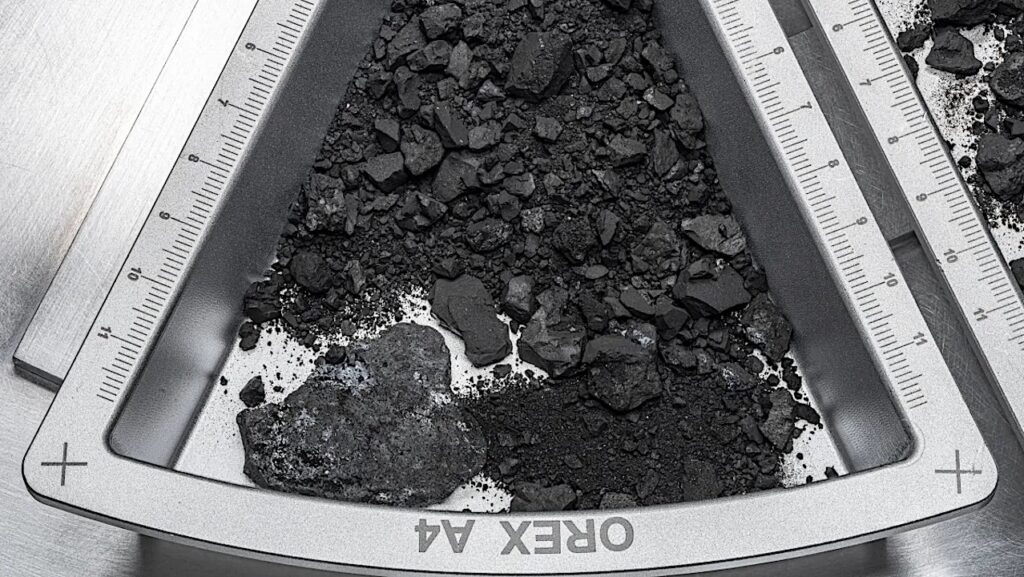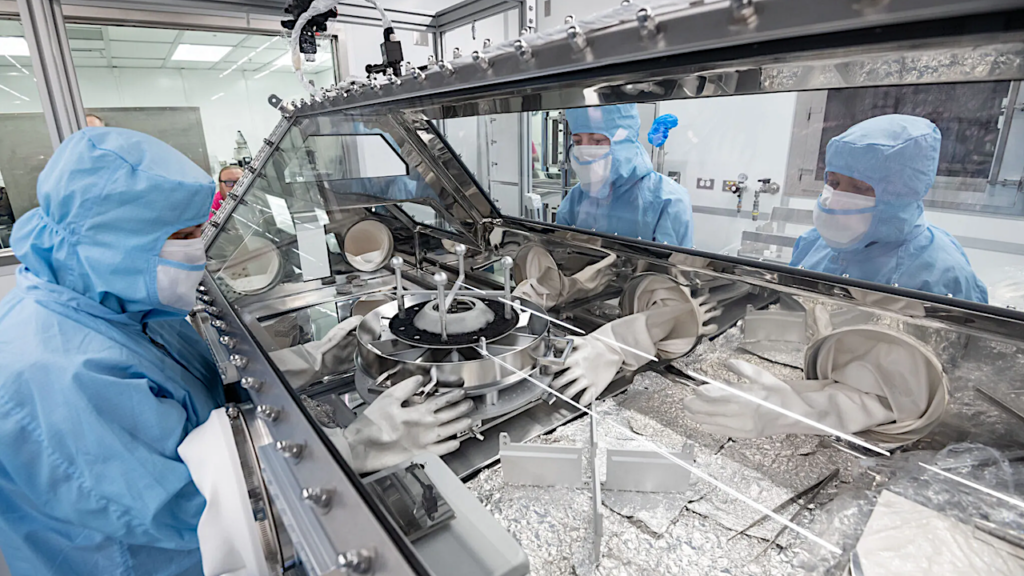Cometary Composition in Review
Astrobiology Program investigators Michael Mumma and Steven Charnley from NAI’s NASA Goddard Space Flight Center Team have recently published a review entitled The Chemical Composition of Comets: Emerging Taxonomies and Natal Heritage in the Annual Review of Astronomy and Astrophysics.
Cometary nuclei contain the least modified material from the formative epoch of our planetary system, and their compositions reflect a range of processes experienced by material prior to its incorporation in the cometary nucleus. Dynamical models suggest that icy bodies in the main cometary reservoirs (Kuiper Belt, Oort Cloud) formed in a range of environments in the protoplanetary disk, and (for the Oort Cloud) even in disks surrounding neighboring stars of the Sun’s birth cluster. Photometric and spectroscopic surveys of more than 100 comets have enabled taxonomic groupings based on free radical species and on crystallinity of rocky grains. Since 1985, new surveys have provided emerging taxonomies based on the abundance ratios of primary volatiles. More than 20 primary chemical species are now detected in bright comets. Measurements of nuclear spin ratios (in water, ammonia, and methane) and of isotopic ratios (D/H in water and HCN; 14N/15N in CN and HCN) have provided critical insights on factors affecting formation of the primary species. The identification of an abundant product species (HNC) has provided clear evidence of chemical production in the inner coma. Parallel advances have occurred in astrochemistry of hot corinos, circumstellar disks, and dense cloud cores. The review addresses the current state of cometary taxonomy and compares it with current astrochemical insights.
Source: NAI Newsletter








